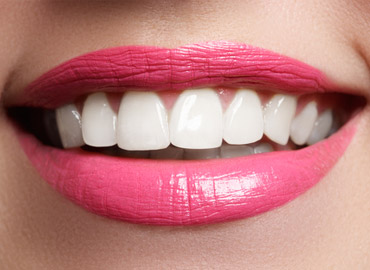Our teeth play a major role in chewing. If we talk about tooth loss, over the years we have been living in other...

Our teeth play a major role in chewing. If we talk about tooth loss, there are losses on our teeth as well as negative health claims that have been witnessed in other parts of our body over the years.
Prosthetic teeth come into play at this point. Tooth losses from the square can be removed with different types of prosthesis depending on the number of losses that occur;
Fixed Prostheses
Fixed prostheses are types of prostheses that are fixed on the adjacent teeth and perceived by the patient as their own teeth or teeth. Bridges that complete the removal of material losses on a single tooth, or bridges in which tooth deficiencies are completed, are called fixed prostheses.
Kuro
Damage from rotten or traumatized dental plaque, in some cases, leads to loss of a large part of the tooth and weakening of the tooth. It must be coated with metal, ceramic or full ceramic restorations for strengthening in terms of durability. This coating, which recovers the shape of the tooth, its color and function, is called kuron.
Hyperlinks
Bridge construction is one of the methods used to eliminate tooth deficiencies. Missing teeth or teeth, bridges made by supporting the neighboring teeth are tried to be restored. For this reason, neighboring teeth must be reduced in a certain position. The bridges usually consist of a metal substructure to withstand the chewing forces and a porcelain top structure that provides aesthetic. However, in today's technology, it is possible to make more aesthetic and natural bridges with porcelain in some cases.
Movable Prostheses
Removable dentures are a frequently used treatment method for completing missing teeth. It is applied in situations where the number of missing teeth is not compensated by a fixed prosthesis. Prosthesis is called partial prosthesis if the missing teeth on the jaw are partially completed and total prosthesis if the whole of the teeth are missing.
We are all concerned that when we use prosthesis, the prosthesis in our mouth will be immediately noticed. In today's technology, however, it is much easier to provide a natural image with prosthetics and fully meet the aesthetic expectations of the patient.
If you have lost all or some of your teeth, prostheses will look, you talk, you will bite and chew your food. If the prosthesis is not performed, the natural teeth can be tilted toward the gap, where the missing adjacent teeth are; the upper teeth are displaced downwards, the lower teeth are displaced upward. In this case, your teeth will not make your teeth bite and chew well. Your dentures can be applied immediately after the extraction of your teeth, these types of dentures are called 'immediate dentures'.
Removing Removable Dentures
If you have a removable prosthesis, keeping them clean is very important. Cleaning the prostheses is easier than cleaning the natural teeth.
Things to pay attention
- Wash the prosthesis in a container filled with water so that it will not break, so if you lower it, the possibility of fracture is gone.
- Brush with a medium hard brush every day.
- You can use toothpaste or soap, but your mouth needs to be thoroughly rinsed before applying.
- When lying down at night, it is absolutely necessary to remove the prosthesis from the mouth and place it in a container filled with water to allow the tissues in the mouth to come into contact with the spit and ventilate.
Implantable Prostheses
Implants are a method used to complete missing teeth. Since a part of the implant is surgically implanted into the bone like a natural tooth root, the patients use the implants as real teeth and use them. This procedure is usually performed by local anesthesia. In our hospital, you can also apply this procedure with general anesthesia or sedation in the operating room environment. Following the fusion of the implants with the jawbone, fixed or moving prostheses are applied.